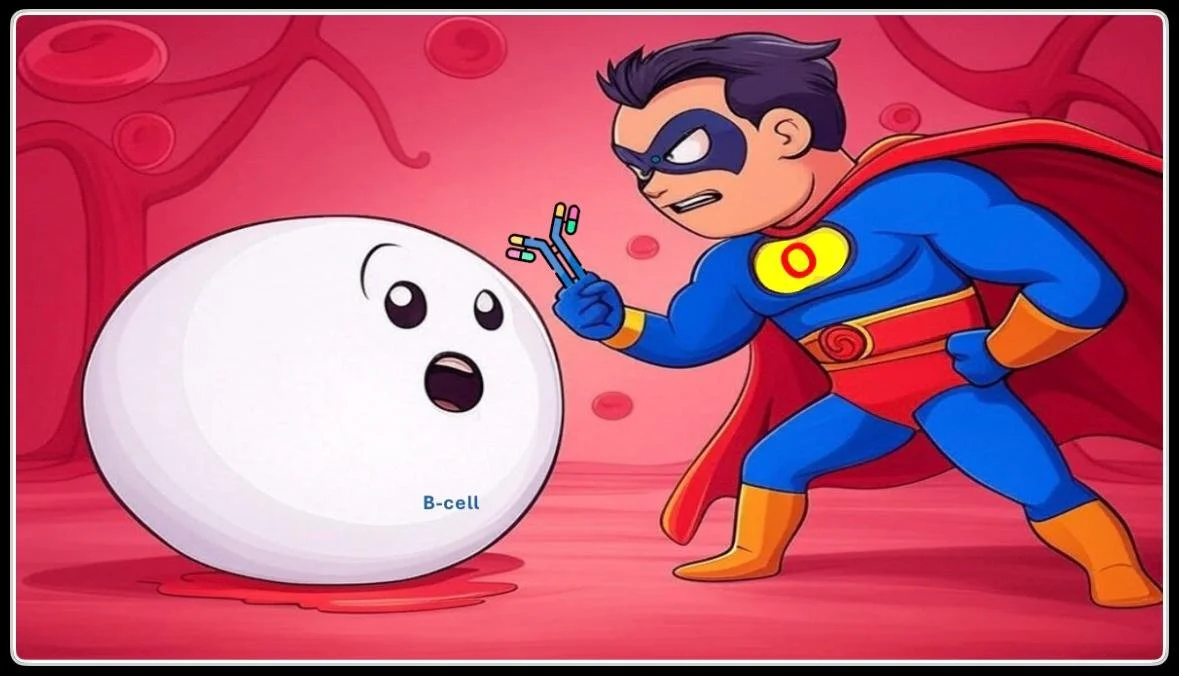I did not like the Immortal Life of Henrietta Lacks. I thought the story of the HeLa cells and the story of Ms Lacks and her family was interesting and introduced me to a history of medicine that had previously been invisible. The story was fascinating but the book fell flat because of the way that the author, Rebecca Skloot, inserted herself into the story. Every chapter that was told from Ms. Skloot's point of view came across as having low stakes and was generally uninteresting. I finished the book with the belief that this point-of-view writing was a poor technique for non-fiction.
I was wrong. While it didn't work for the Immortal Life, Dr. Gawande uses it to dramatic effect in Being Mortal. Gawande is a recuring character in the book and the previous chapters we are taken on his journey from a doctor with conventional western medicine understanding about dying o a much deeper and richer understanding. In chapter seven, however, Gawande changes from a researcher to an active participant as his dad suffers a devastating illness and he needs to put his new found knowledge of hospice, assisted living, palliative care and end-of-life decisions to use.
“The scan revealed a tumor growing inside his spinal cord.
That was the moment when we stepped through the looking glass. Nothing about my father’s life and expectations for it would remain the same. Our family was embarking on its own confrontation with the reality of mortality. The test for us as parents and children would be whether we could make the path go any differently for my dad than I, as a doctor, had made it go for my patients. The No. 2 pencils had been handed out. The timer had been started. But we had not even registered that the test had begun.”
In 2006, Gawande's father, Dr. Atmaram Gawande, went for an MRI to diagnose a slowly progressive pain in his neck associated with numbness in his left hand. The scan revealed a spinal cord tumor.
The Gawande's then consulted a pair of neurosurgeons, one in Boston and one at the Cleveland Clinic. Gawande explains the bedside manner of both doctors by describing a paper by the medical ethicists Linda and Ezekiel Emmanuel that described the three type of relationships doctors could have with patients:
- Paternalistic
- Informative
- Interpretive
Gawande describes all three types. The first is the doctor we read about from the 50's. The all knowing God-like figure that tells the patients what they should do and does not discuss options that the doctor does not think are optimal. We would like to think that we are past this but in reality it is more common than we care to admit.
The second type, informative, is the opposite of the paternalistic relationship. The doctor informs the patient of the facts and figures needed to figure out the best option and then lets the patient make the decision. Gawked explains that this works best for for simple issues with clear choices and straightforward trade-offs. The more complex and emotional the issue the more this method breaks down.
The Emmanuels third option, interpretive, is a hybrid of the two earlier models. “Here the doctor’s role is to help patients determine what they want. Interpretive doctors ask, “What is most important to you? What are your worries?” Then, when they know your answers, they tell you about the red pill and the blue pill and which one would most help you achieve your priorities.”
The chapter winds its way through his father's illness and we see Gawande struggle to use the lessons he has learned to help his father. They make some excellent decisions, they make some mistakes, they meet some excellent physicians and some clunkers. The face decisions on hospice, medical decision making and hospice. Despite some missteps, by the end of the chapter his father is in hospice and living a surprisingly full life.
“But walking slowly, his feet shuffling, he went the length of a basketball floor and then up a flight of twenty concrete steps to join the families in the stands. I was almost overcome just witnessing it. Here is what a different kind of care—a different kind of medicine—makes possible, I thought to myself. Here is what having a hard conversation can do.”













